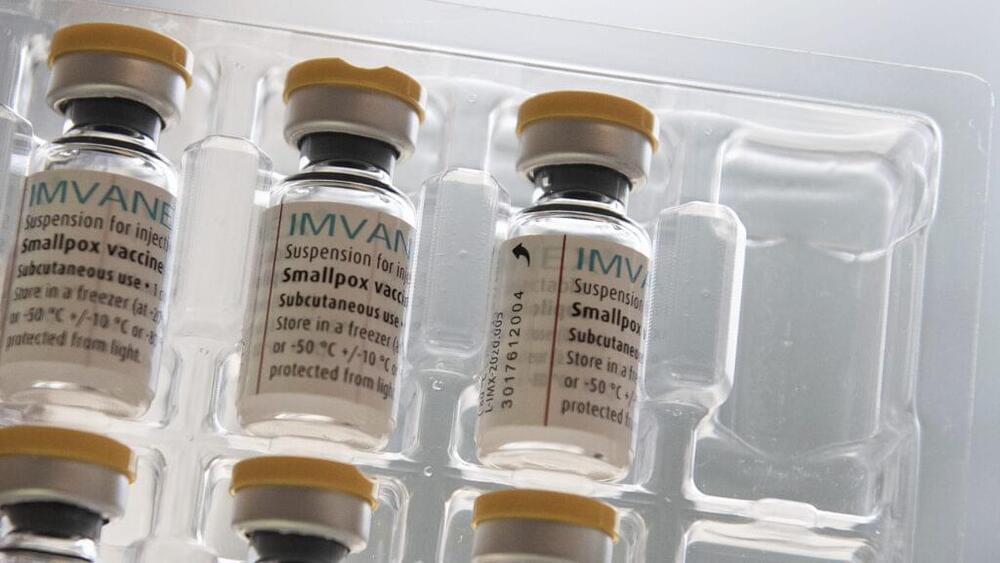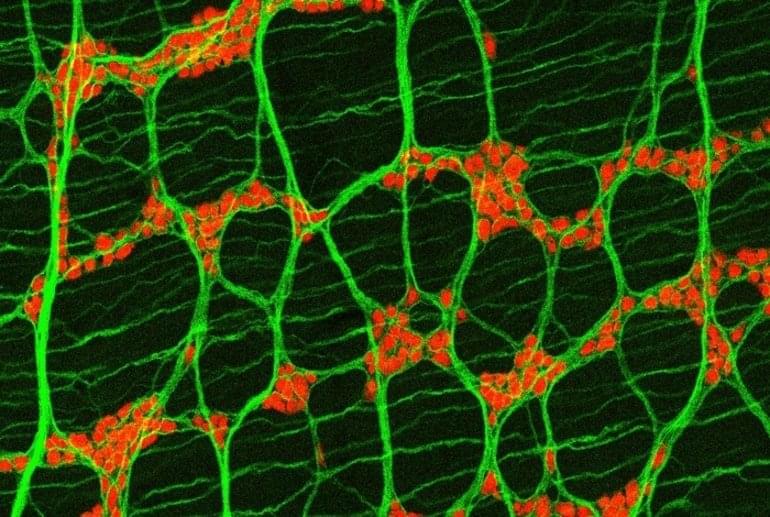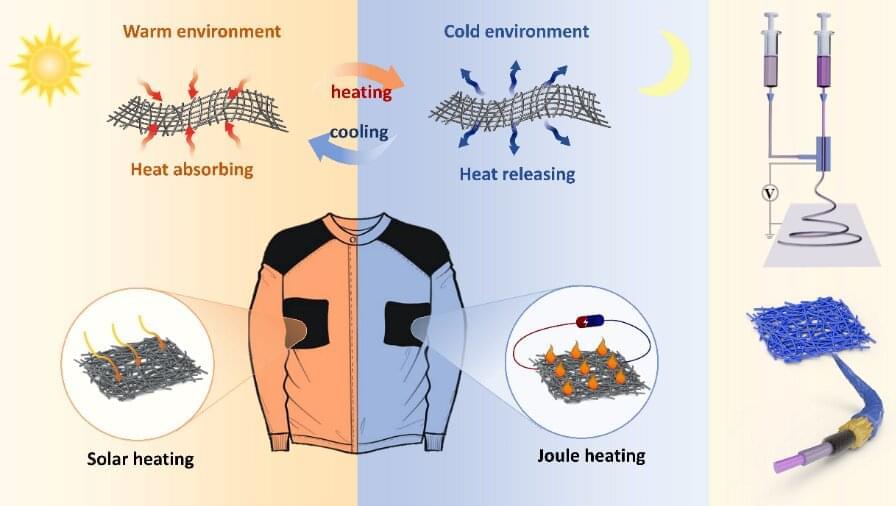The WHO said that case numbers last week were on the rise in several countries in the Americas and it stressed that a slowdown worldwide in new cases could be the “most dangerous” time in the outbreak.
WHO chief Tedros Adhanom Ghebreyesus said more than 70,000 cases have now been reported to the U.N. health agency this year, with 26 deaths.
“Globally, cases are continuing to decline, but 21 countries in the past week reported an increase in cases, mostly in the Americas, which accounted for almost 90 percent of all cases reported last week,” he told a press conference in Geneva.








